The Port and the Image
About “The Port and the Image” Project
“The Port and the Image” Project was launched by curator He Yining and China Port Museum in 2016. The goal of this project is to explore the current situation of China’s port cities, and the issues that have arisen during their development in an increasingly integrated global economy, by appointing artists to conduct media practice like photography. By the end of 2022, the project has commissioned 21 artists and paired them up with 20 port cities and ports (regions) in China and Japan. Apart from China Port Museum’s original plan of holding exhibition every two years and publication programme, the project has drawn on the extensive response and discussion from the media and relevant research institutions over the past six years, continuing to focus on port-related cultural and creative practices while reflecting on and branching out the direction and logic of the commission.
About China Port Museum
The China Port Museum is sanctioned by the State Council. It was founded in 2014 in Chunxiao Binhai New Town, Beilun District, Ningbo, Zhejiang. It is classified as a second-grade national museum and an AAA tourist attraction. With a focus on port culture, the museum integrates exhibitions, education, collections, research, tourism, international exchanges, and other functions. Embodying internationalism, professionalism and interactivity, this largest and highest-ranked of China’s port themed museums has become not only a cultural base for telling port history and culture and oceanic civilization, but also a cultural fulcrum of the Maritime Silk Road in the new century.
About the Series Curator:
He Yining (b.1986), is a curator and researcher of photographic art and visual culture. On an academic level, She has written, edited, and participated in numerous books, including The Abode of Anamnesis, Une Historie Mondiale des Femmes Photographies, The Routledge Companion to Photography and Visual Culture, The Port and the Image, and Photography in the British Classroom, among others. She has been the translator for more than ten books like Photography and Travel, Art and Photography (forthcoming), Artists who Make Books (forthcoming) and so on. Her Chinese and English papers have been published in peer-reviewed journals like Photographies, Photography & Culture, OVER Journal, Journal of Taipei Fine Arts Museum, and New Art Museum Studies. Meanwhile, has published more than 100 articles in art, photography, and visual culture magazines and online platforms in China and internationally, including FOAM Magazine, Aperture Photobook Review, IMA, ArtForum, Art World, Art Monthly, China Photography Magazine, etc.
In terms of curatorial practices, He Yining specializes in uncovering contemporary photographic practices and weaving them within a dual vision of politics and visual culture. She has curated exhibitions in China and Europe, including “Imaging Our Futures”, “China Imagined”, “Between Mountains, Hills and Lakes”, “The Abode of Anamnesis”, “The Port and The Image”, “Troubled Intentions Ahead: Confusing Public and Private”, and “A Fictional Narrative Turn”. She was the winner of the OCAT Institute’s inaugural “Research-based Curatorial Project” and was nominated for the 14th AAC Art China “Curator of the Year Award” for her research project exhibition “The Abode of Anamnesis”.
He Yining is a graduate of London College of Communication, University of the Arts London. She will join the Centre for Chinese Visual Arts (CCVA) at Birmingham City University’s School of Art and Design in September 2022, where her doctoral research is centered on the decoloniality of Chinese contemporary art practice in the post-2000s period, examining the links between individual artists’ experiences, global geopolitical interactions and decolonial art discourse.
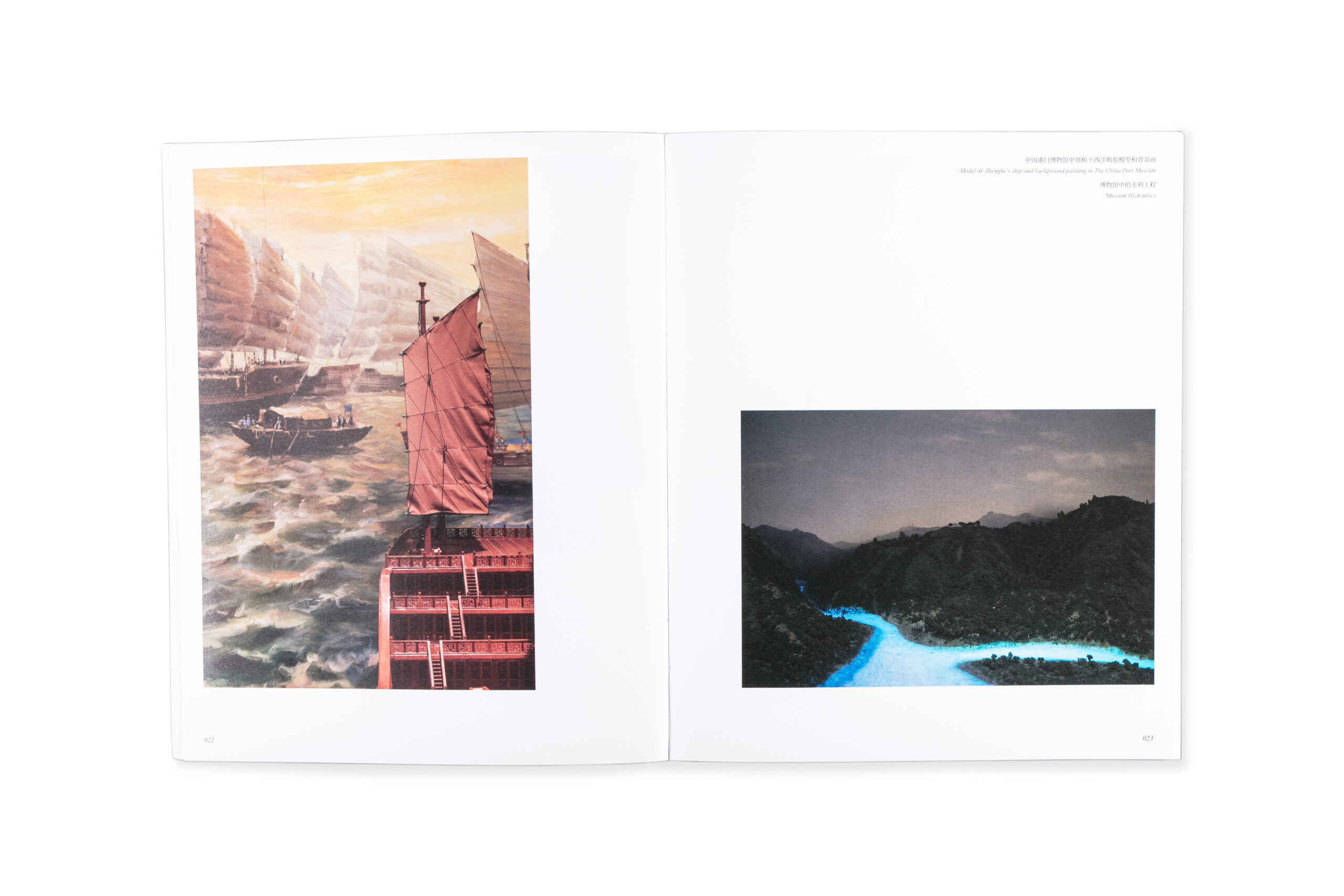
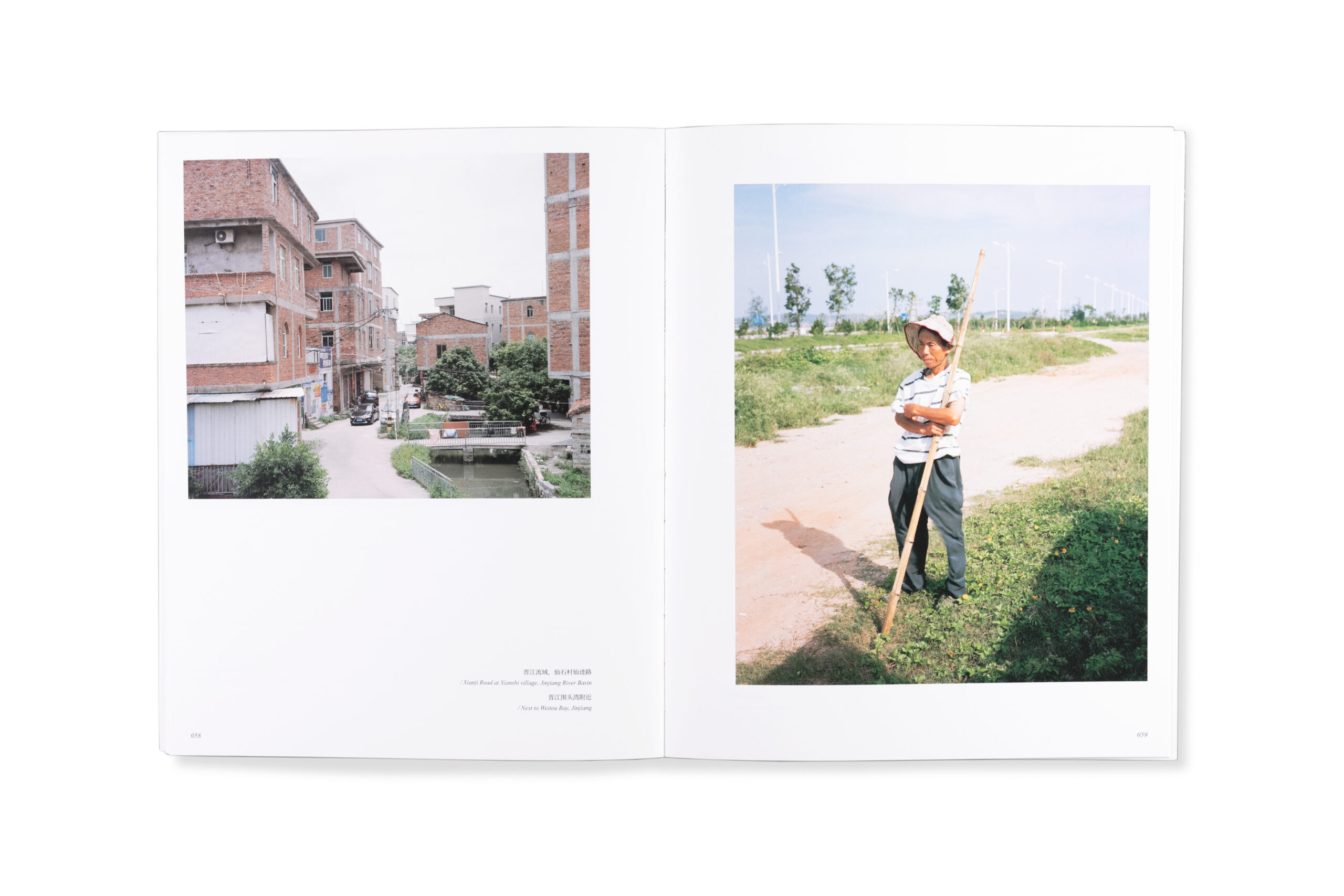
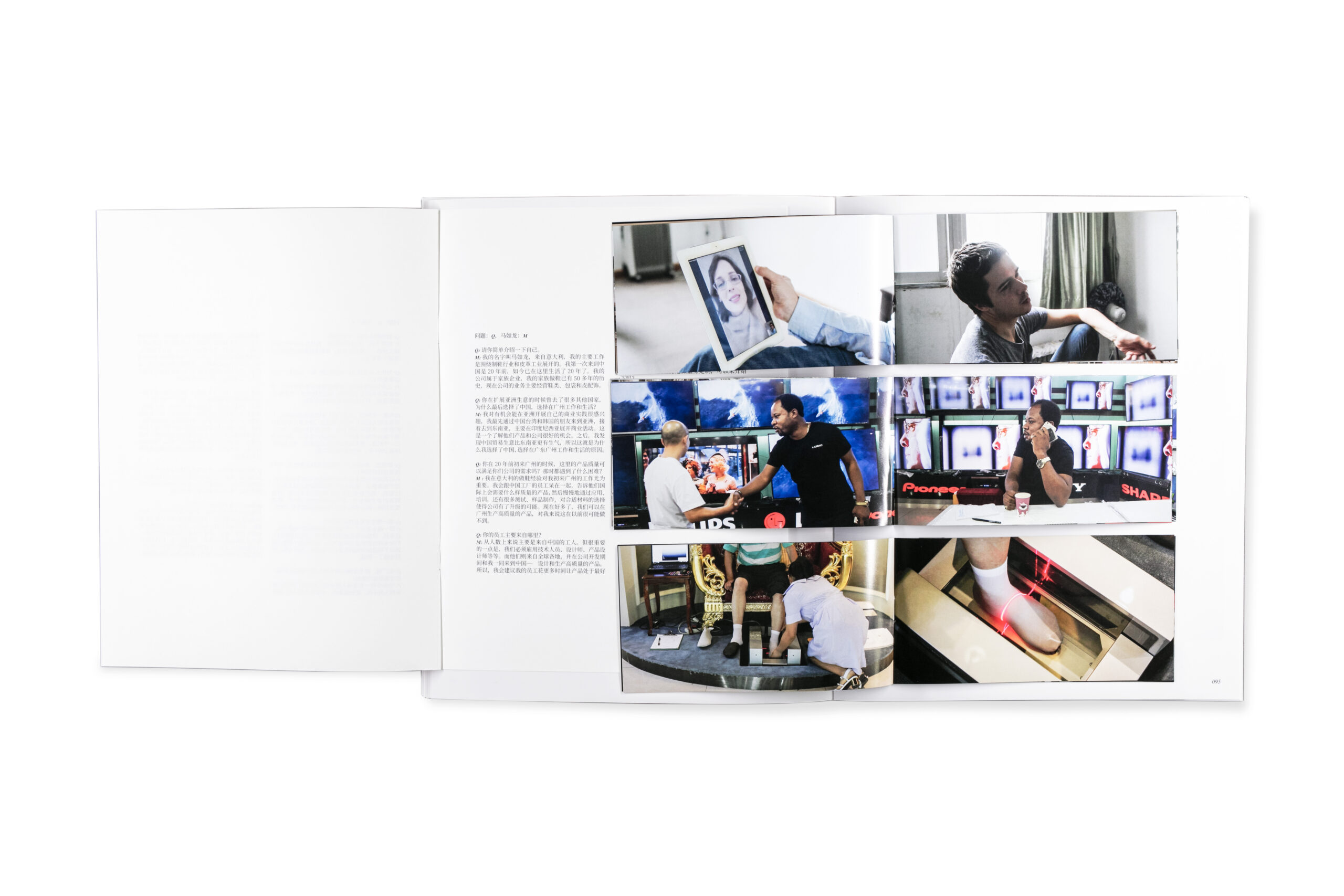
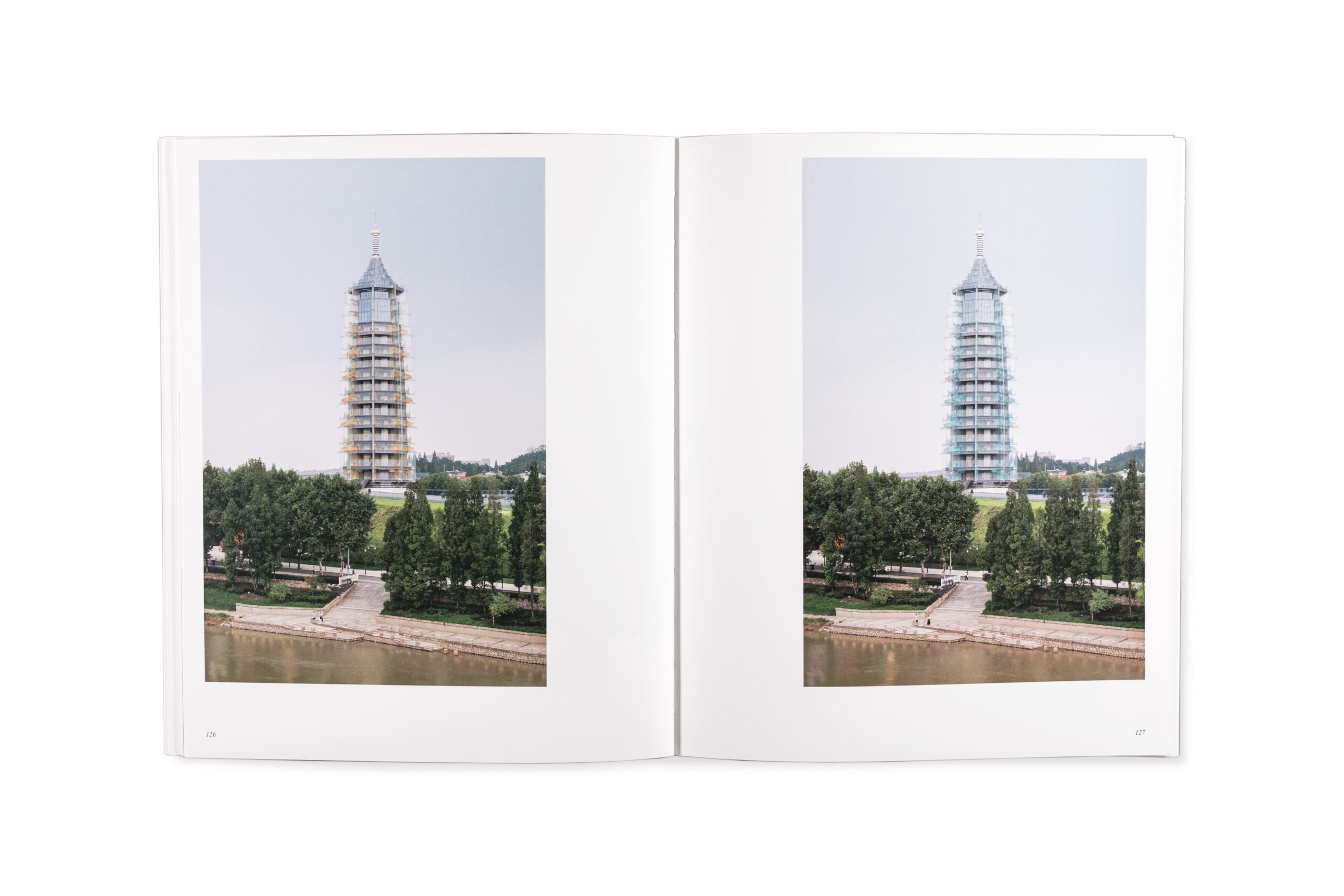
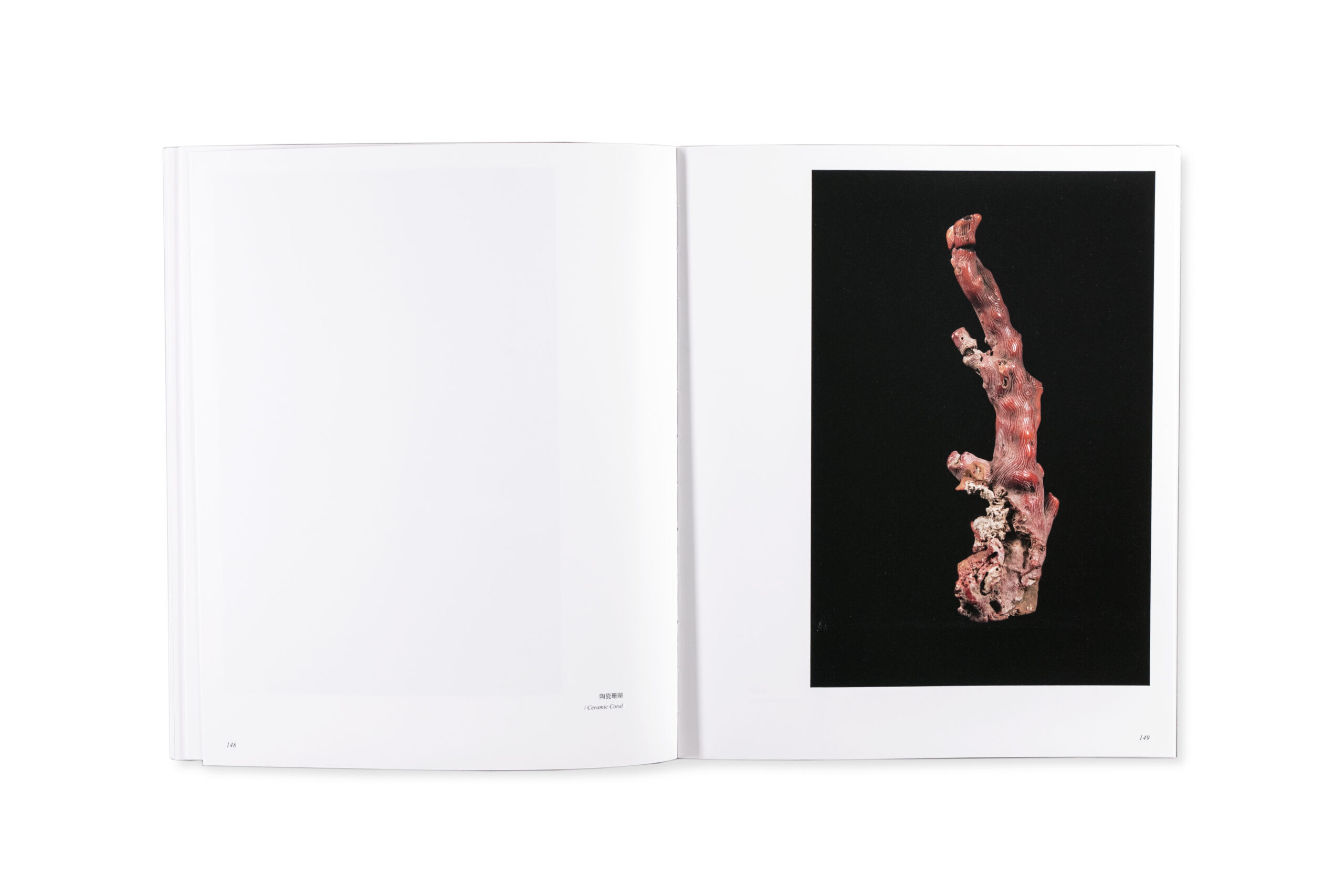
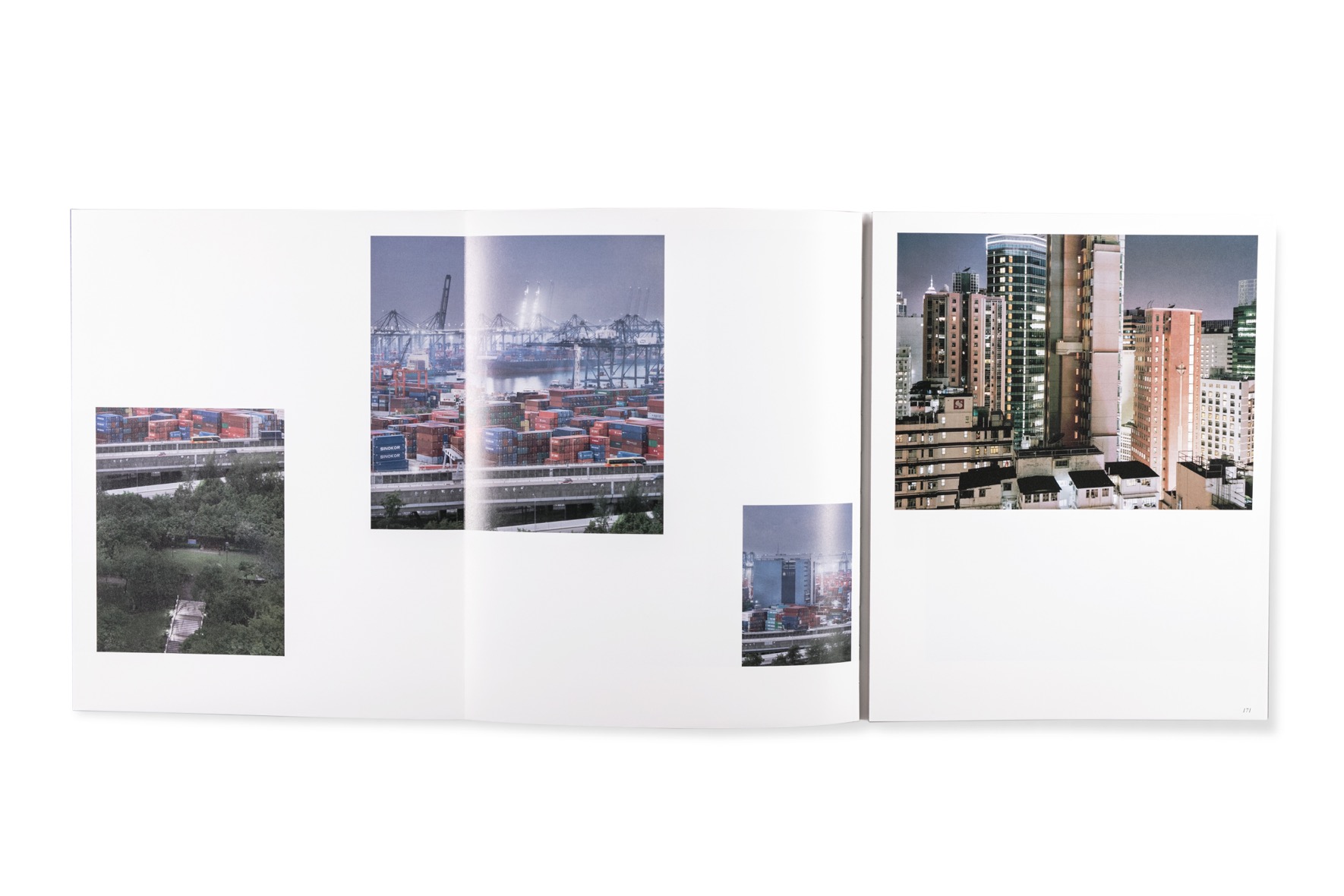
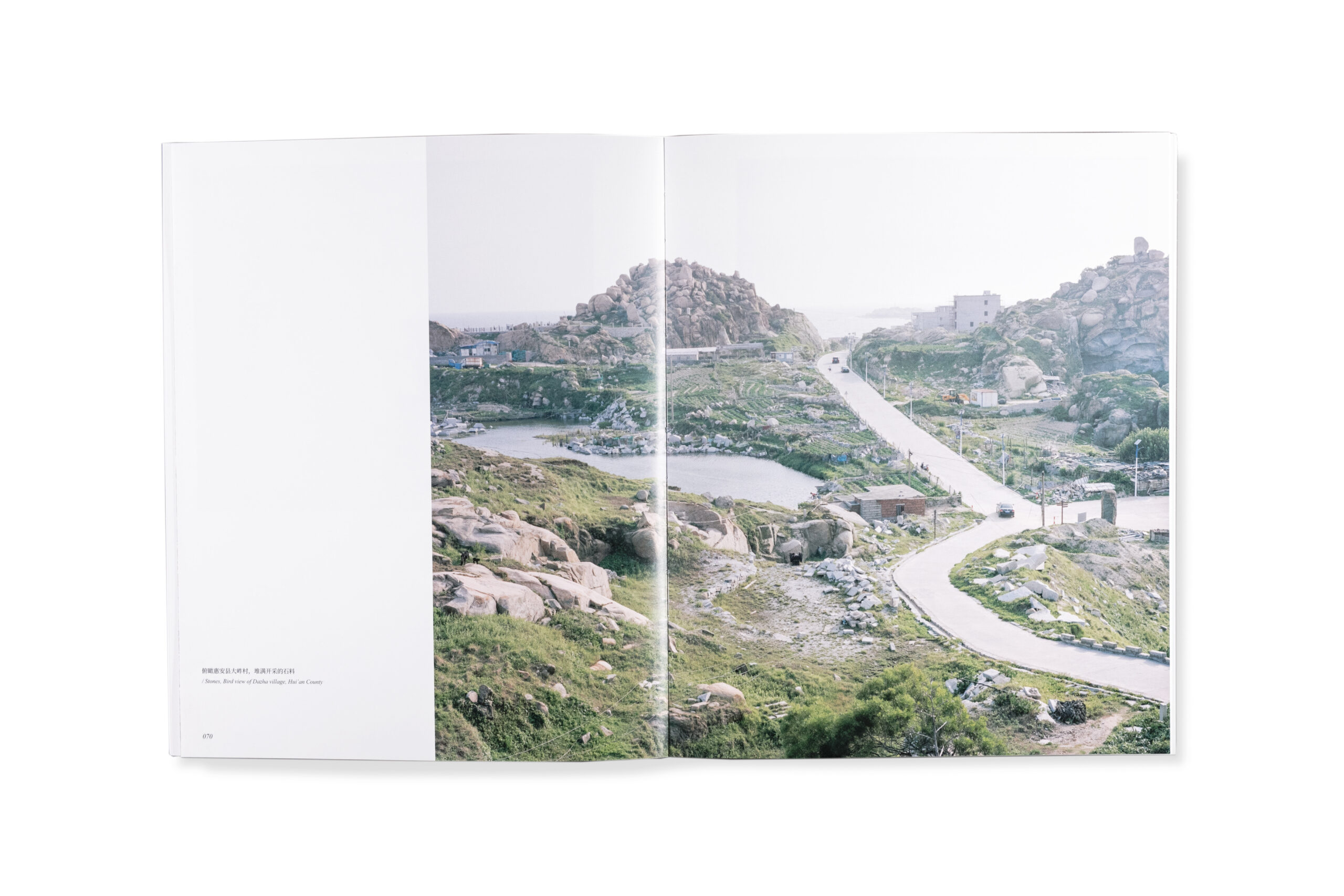
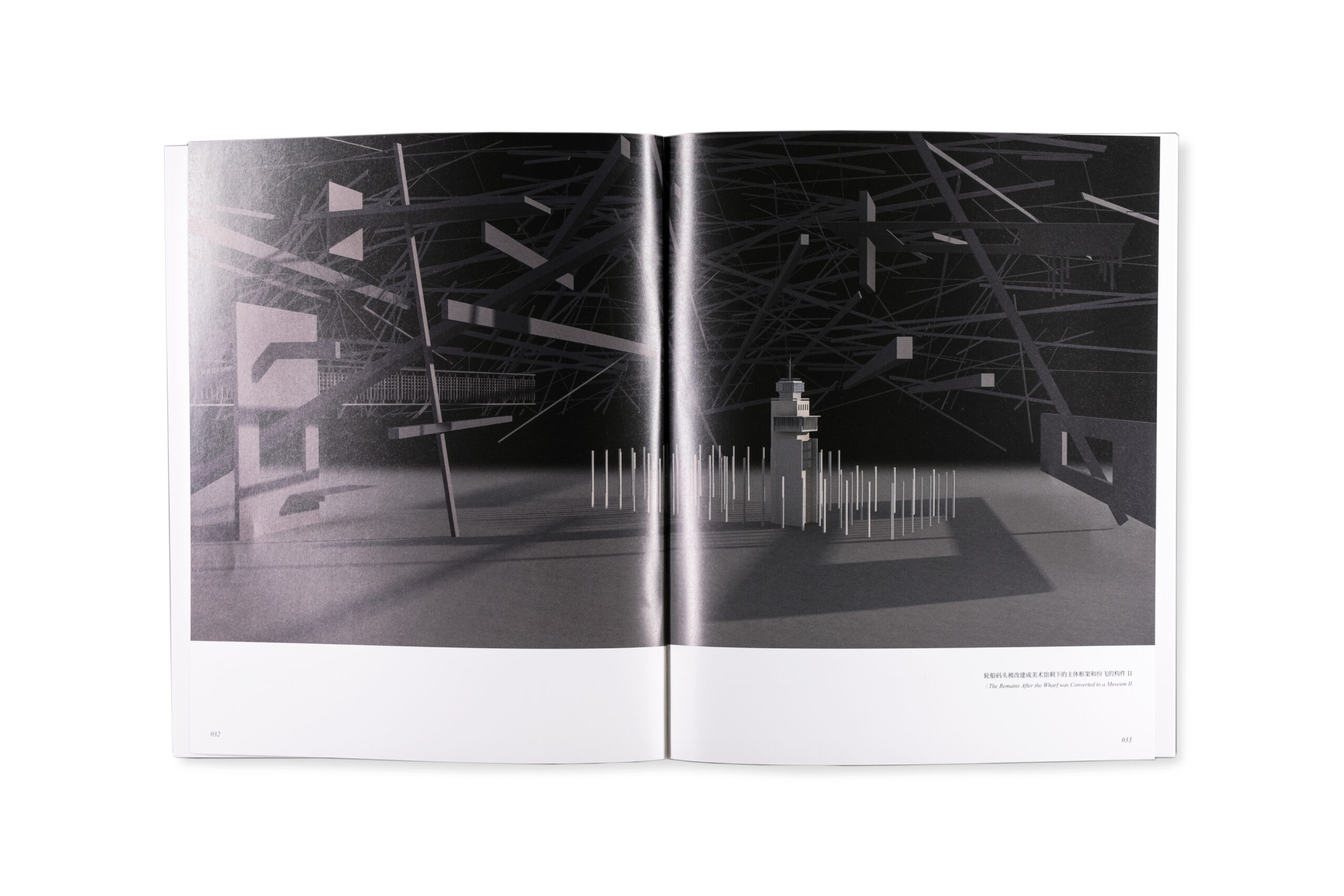
The Port and the Image I: Documenting China's Harbor Cities
Artist: Chen Wenjun & Jiang Yanmei, Huang Zhenwei, Li Chaoyu, Xu Hao, Yang Yuanyuan, Zheng Chuan and Zhu Lanqing
Curator: He Yining
– Author: China Port Museum
– Editor: Jin Rong
– Publisher: Shanghai Century Publishing (Group) Co, Ltd, Shanghai Culture Publishing House
Launched in 2016 at an important moment of China’s geostrategic shift, “The Port and the Image” Project was conceived to explore the realities of the development of China’s port cities under the global economic integration, as well as the different issues arising from the spatial relations of port cities, by means of appointing artists to develop their practice of photography and related media.
In the first phase of the commissioned creation, exhibition and publication under the title “Documenting China’s Harbor Cities” (2017), we picked seven major cities (Ningbo, Quanzhou, Guangzhou, Nanjing, Shanghai, Hongkong) and paired up with eight photographers (Chen Wenjun & Jiang Yanmei, Huang Zhenwei, Li Chaoyu, Xu Hao, Yang Yuanyuan, Zheng Chuan and Zhu Lanqing) to explore: how their architecture has embraced both modernity and tradition; how urban space, the environment, society, and culture relate to one another within them; how a modern port city can be a unique vessel of history and tradition; and how the past and the present interact with one another in a contemporary context.
The book has won the “Photobook of the Year” in the second Chinese Photobook List.
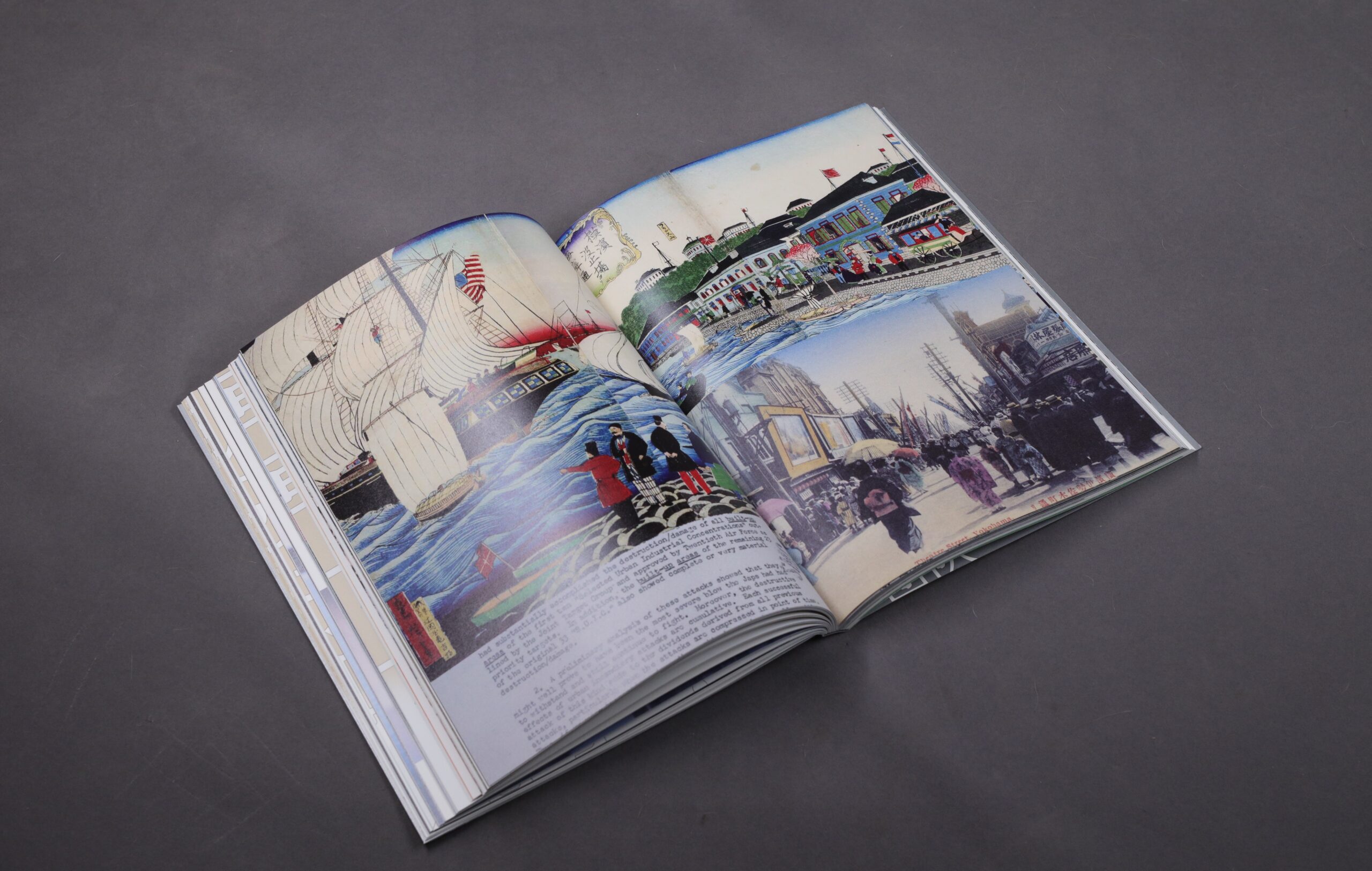
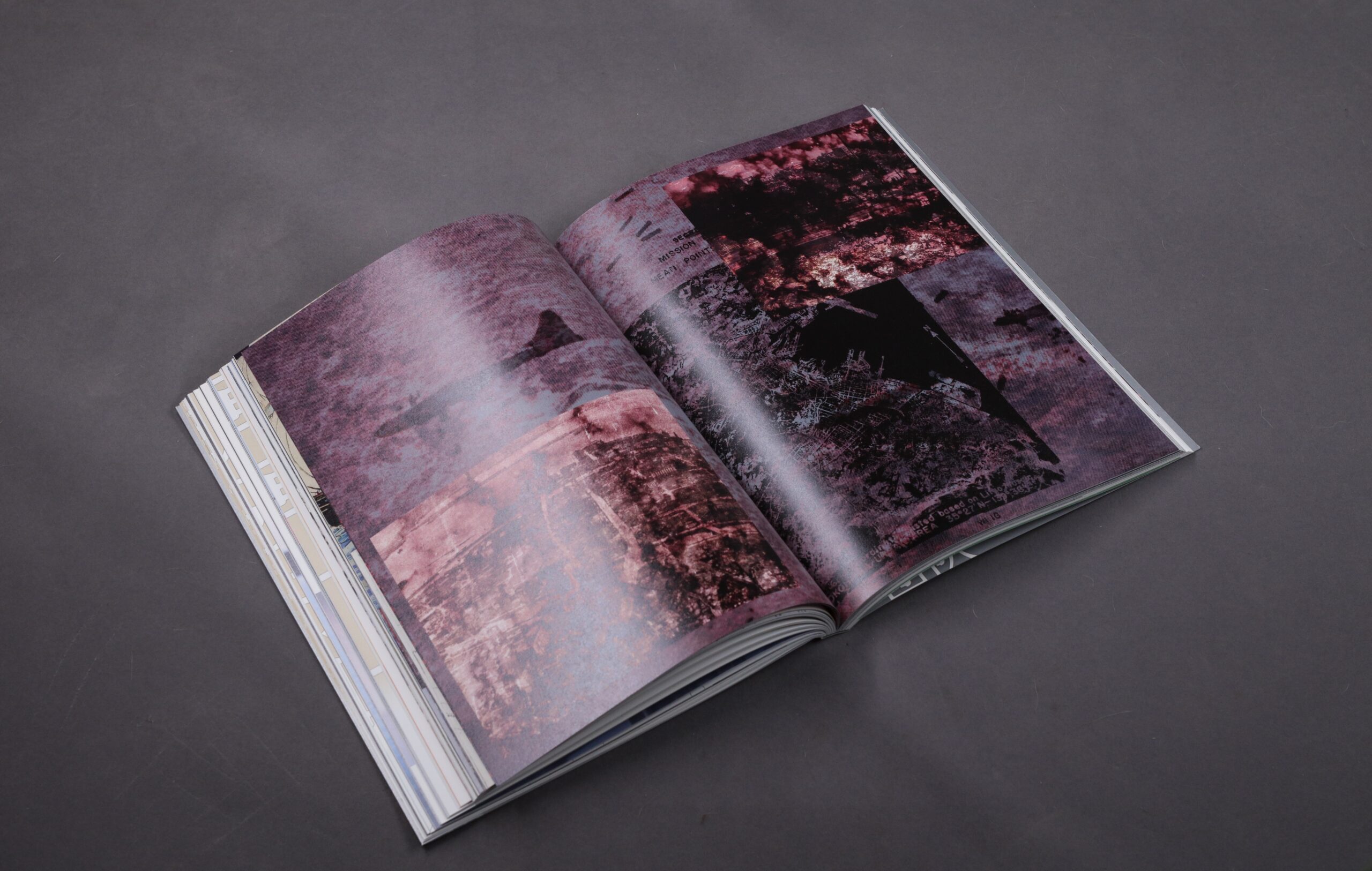
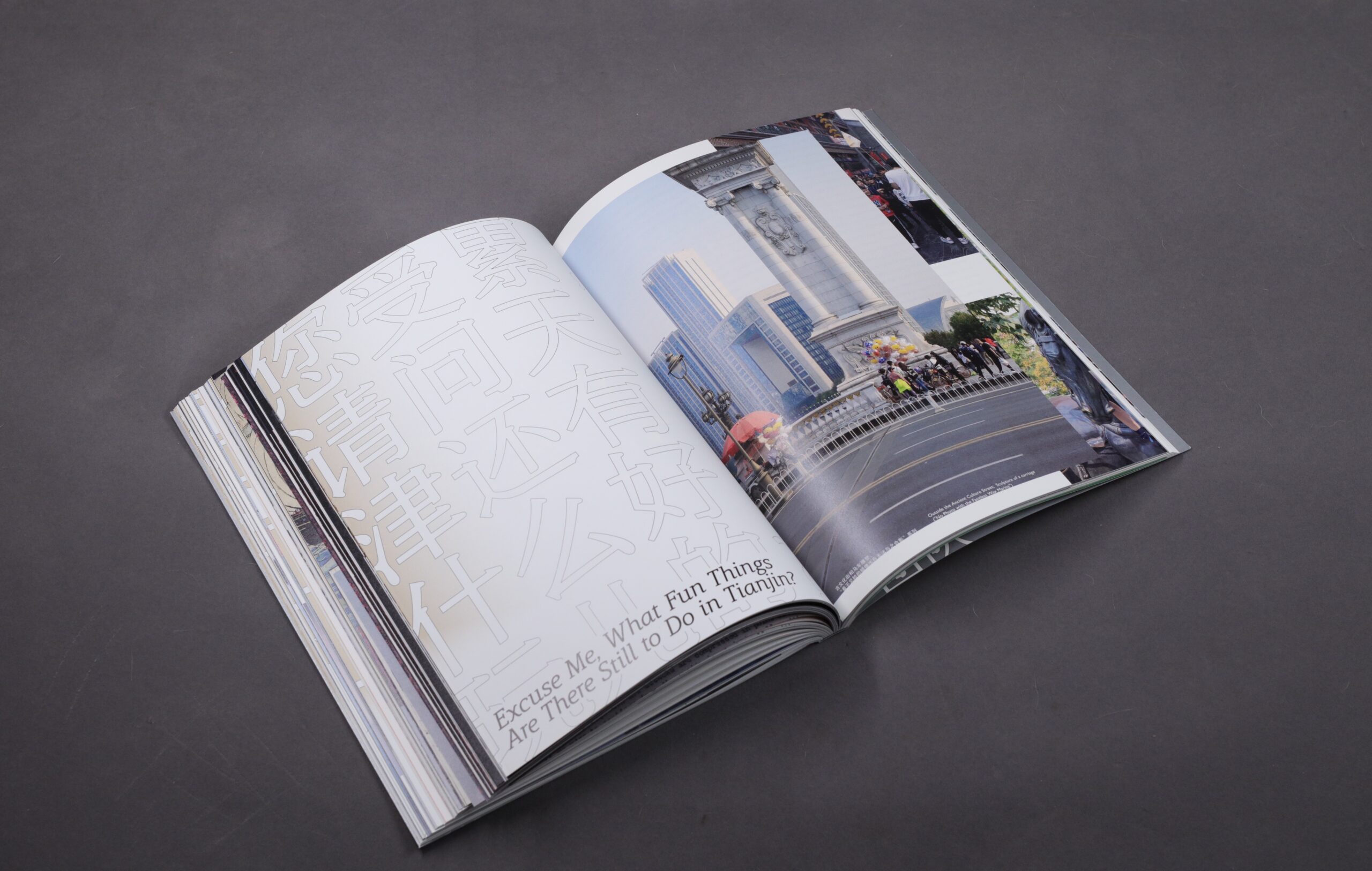
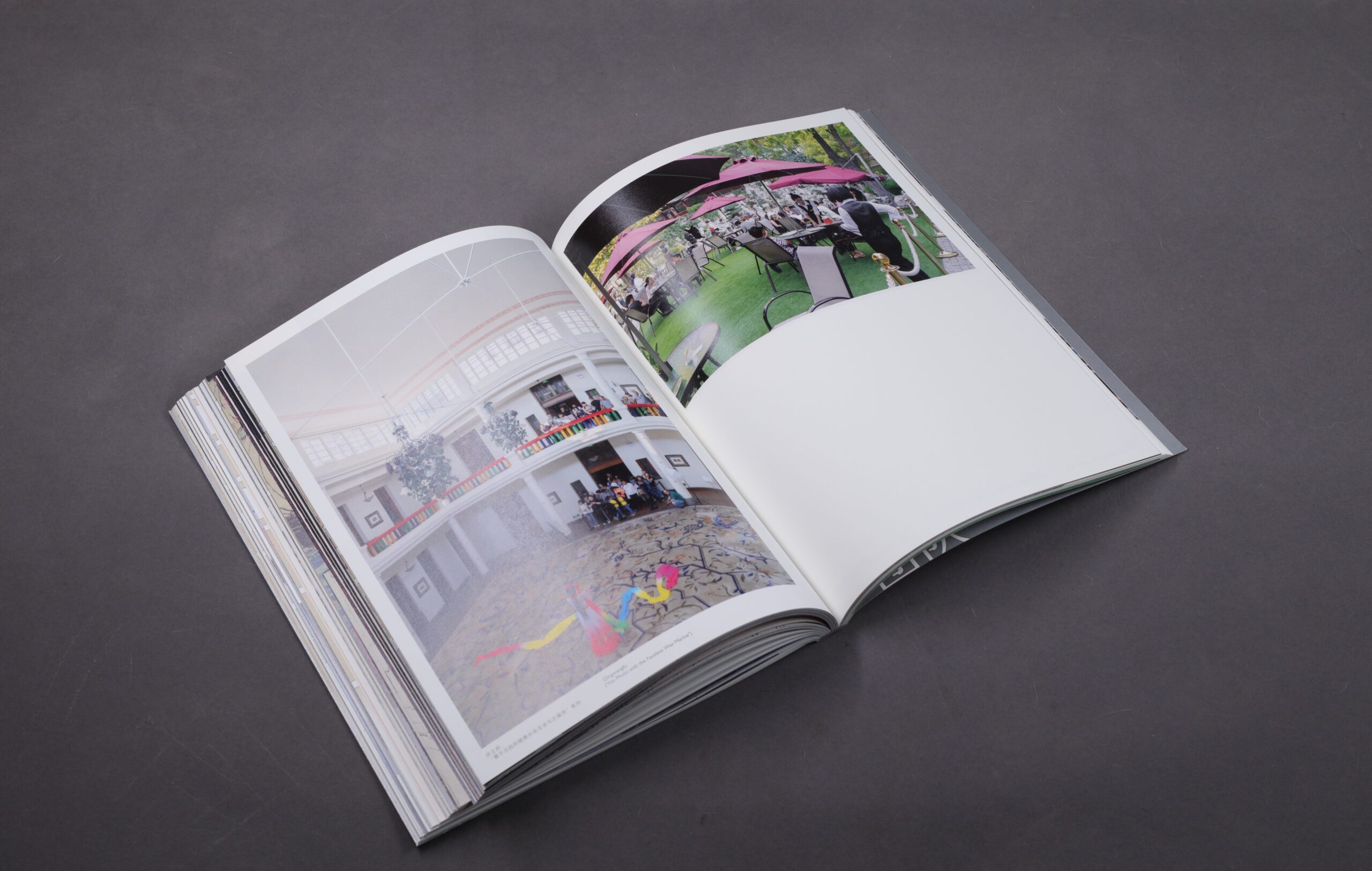
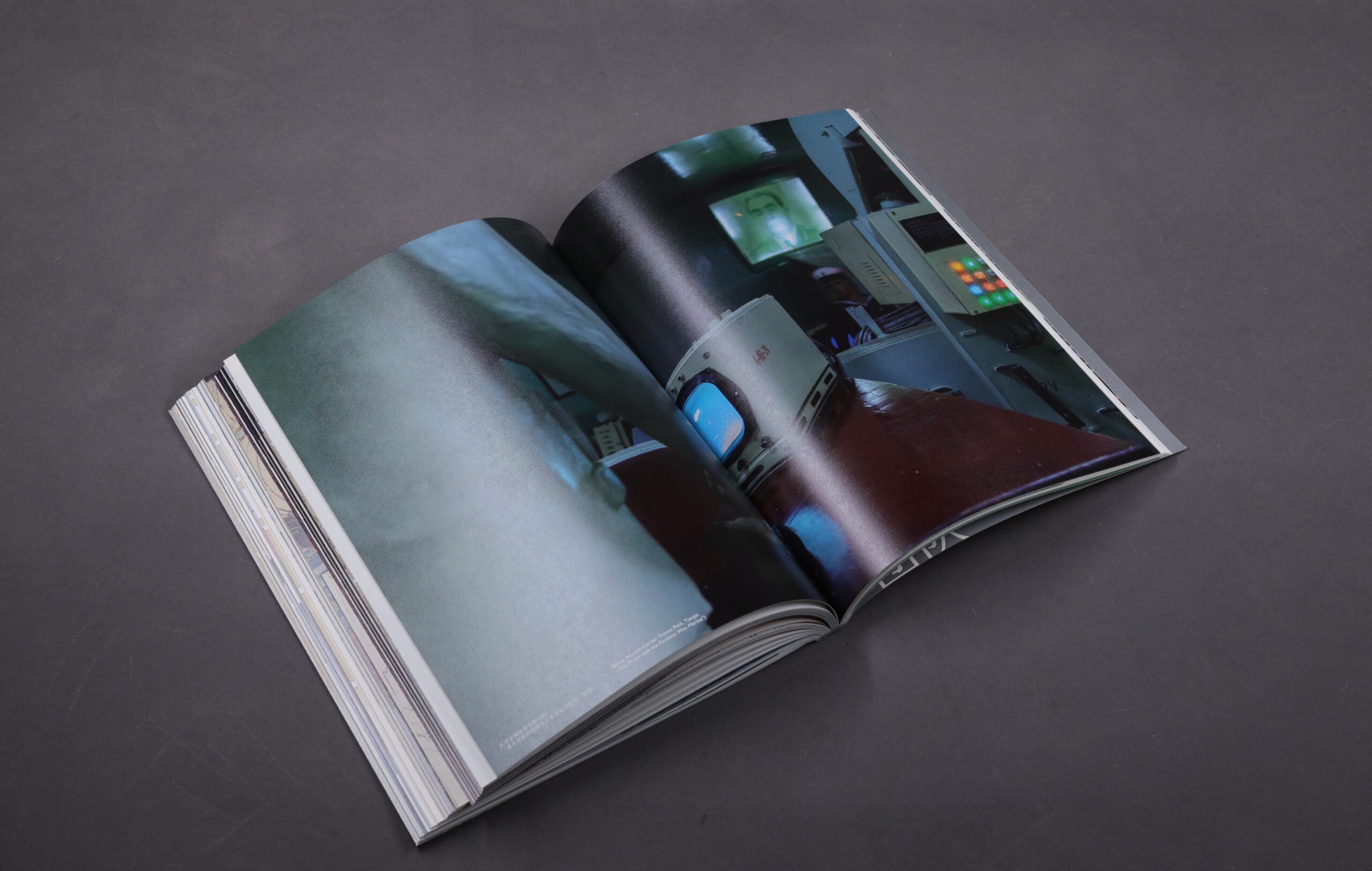
The Port and the Image II: The Disappearing Harbor: Between Time, Space and Memory
Artist: Chen Min, He Bo, Yoshikatsu Fujii, Mu Ge, Shi Zhen, Tang Xiaosong, Wu Ding
Curator: He Yining
– Author: China Port Museum
– Editor: Jiang Quan, Zhang Yu
– Publisher: China Nationality Culture Press Co., Ltd
Started from the creation of artists, “The Port and the Image II” uses the “Disappearing Harbor” as a metaphor to explore the relationship between modernity and the traditional heritage of the port on its architectural, spatial, ecological, social and cultural aspects, to investigate the disappeared, disappearing or nascent port cultures and their impact on individuals or communities, while seeking to reconnect the forgotten stories in historical and contemporary contexts.
The second phase of “The Port and the Image” invited seven visual arts practitioners from China and Japan. The works are about the emotional connection between Qingdao and a family from the Jiaodong Peninsula over several generations; the relationship between Yichang spirit and the Chinese society, politics, and culture; the relationship between the environment and local residents at Chongqing’s Chaotianmen Dock; the evolution of the entertainment industry in Tianjin, a port city deeply influenced by harbor culture; the clash between local culture and personal experience at Fuzhou’s Mawei Port; visual narratives of historical events that took place at the Port of Yokohama in Japan; the associations between the intelligent harbor of Shanghai’s Yangshan Port and a modularized world. The exhibition will present the works of six Chinese artists.
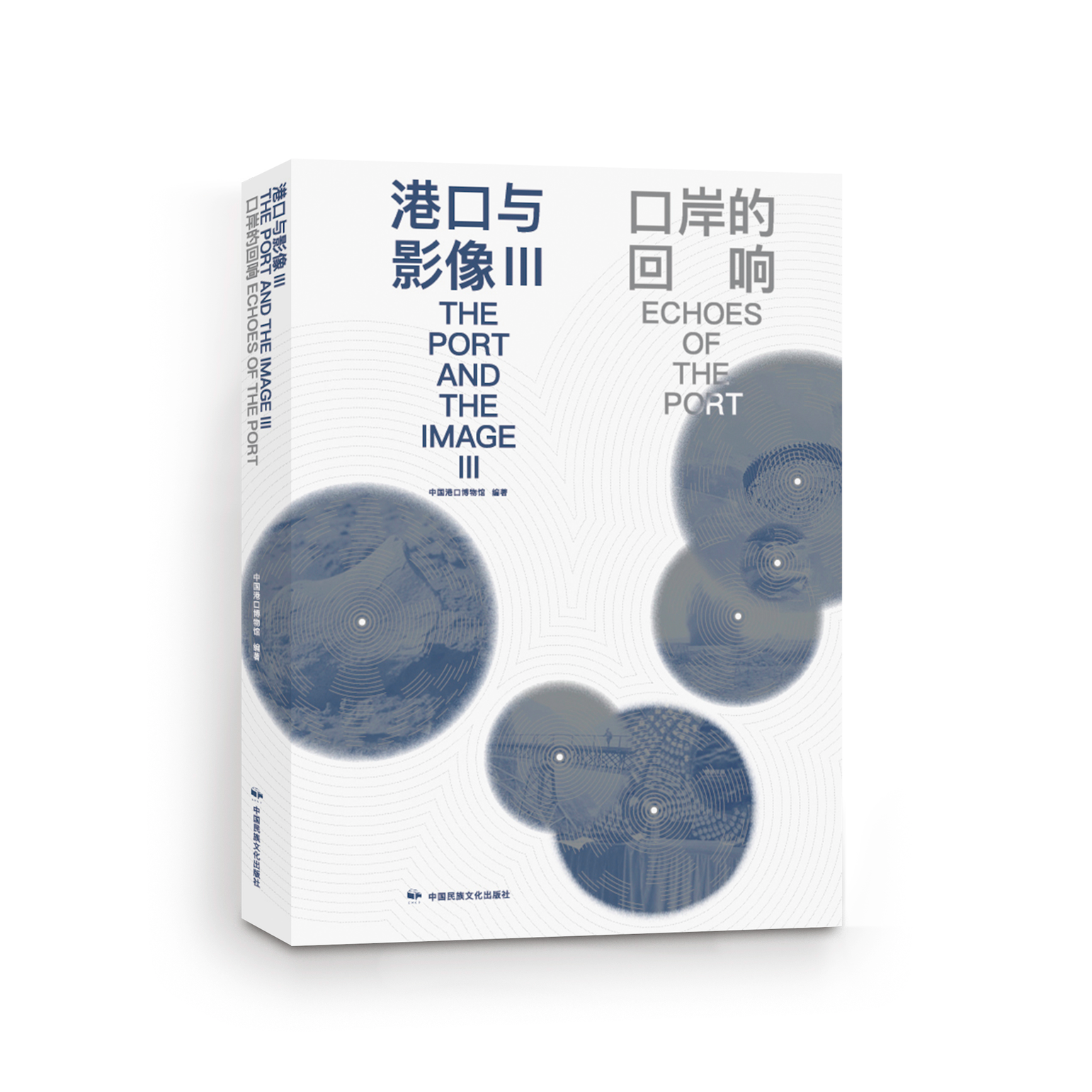
The Port and the Image III: Echoes of the Ports
Artist: Chen Ronghui, Wang Hanlin, Sun Haiting, Song Tianqi, Cheng Xinhao, Liu Yujia
Curator: He Yining
– Author: China Port Museum
– Editor: Jiang Quan, Zhang Yu
– Publisher: China Nationality Culture Press Co., Ltd
“The Port and the Image III: Echoes of the Ports” will commission artists and use exhibitions and publications to explore ports as the space for geography, transportation and cultural production, and their transitions in the modern history of China. The third phase of this project has invited 6 young artists who are active in image creation, including Chen Ronghui, Wang Hanlin, Sun Haiting, Song Tianqi, Cheng Xinhao and Liu Yujia. Each of them will be paired up with a topic to work on, like Hainan Free Trade Port, Shandong Port, Dandong, Harbin, Kunming, Kunlun Mountains/Bianjing Hotel.
The logic of exhibition and publication in this phase is about the dialogue of port cities (regions) between the past and the present, under two frameworks of time and space hundred years apart from each other. First, in the late 19th and early 20th centuries, when China faced the colonial expansion of imperialist powers represented by the UK, shipping ports, as the product of modern China’s treaty system, have become points of modern China’s transportation infrastructure network. And it was related to the more extensive semi-colonial and semi-feudal social structure, the expansion of shipping and railway system, and nationalism. Second, at the beginning of the 21st century, under the formulation of geopolitical policies like Belt and Road Initiative and Free Trade Port Agreements, port cities (regions), as the core of a new round of transportation infrastructure, have brought regional, national and global trade together by economic and regional culture renewal.
